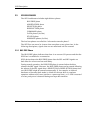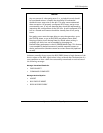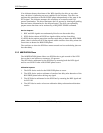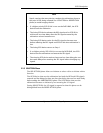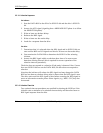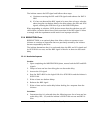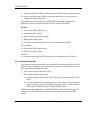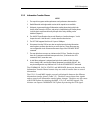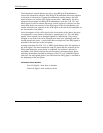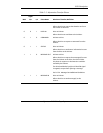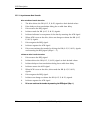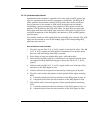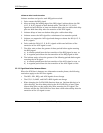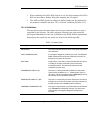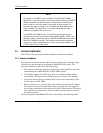
SCSI Description
Quantum DLT 7000 Tape System 3-17
3.5.5 Information Transfer Phases
NOTES
1. The tape drive supports wide asynchronous and synchronous data transfers.
2. Both differential and single-ended versions of the tape drive are available.
3. Odd parity is generated during all information transfer phases during which the
device writes data to the SCSI bus, and parity is checked during all transfer phases
in which data is read from the bus by the tape drive. Parity checking can be
disabled (Chapter 2).
4. The ANSI SCSI specification refers to mini-libraries as “medium changers.” In this
chapter the term “mini-libraries” is used to describe these devices.
5. The DLT 7000 supports block size of 1 byte to 16 Mbytes.
6. Disconnects from the SCSI bus are done at regular intervals during information
transfer phases to allow other devices to access the bus. These disconnects are
user-configurable via the Disconnect-Reconnect Page of the SCSI MODE SELECT
command.
7. The tape drive does not act as an initiator on the SCSI bus. Therefore, the drive
does not 1) generate unsolicited interrupts to the bus, 2) initiate its own SCSI
commands, and 3) assert bus reset.
8. A mini-library subsystem is assigned two logical unit numbers (LUNs): the tape
drive is always LUN 0, and the mini-library component has a default LUN of 1, but
may be reconfigured to any LUN from 0 to 15 via the SCSI MODE SELECT command.
The COMMAND, DATA, STATUS, and MESSAGE phases are known as the
Information Transfer Phases because they are used to transfer data or control
information.
The C/D, I/O, and MSG signals are used to distinguish between the different
information transfer phases (Table 3−5). The drive asserts these three signals
and so controls all information transfer phase changes. The drive can also cause
a BUS FREE phase by releasing the MSG, C/D, I/O, and BSY signals. The
initiator can request a MESSAGE OUT phase by asserting the ATN signal.




